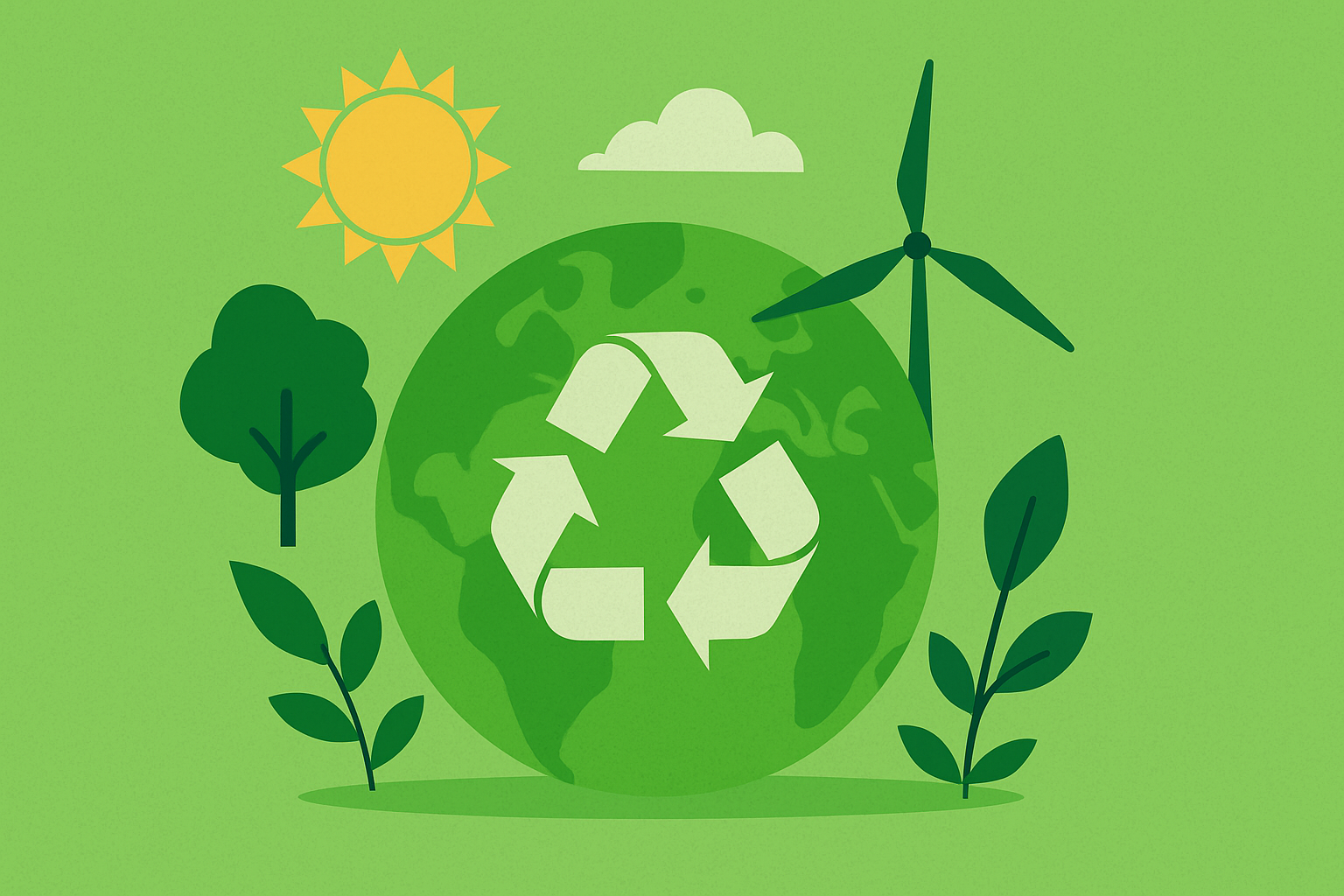Innovating for a Greener Future: Transforming the Fashion Supply Chain for Sustainability
Sustainability is a critical issue facing the fashion industry today, largely due to the complex environmental and social impacts of fashion products throughout their lifecycle. This lifecycle spans from production to consumption, including acquisition, use, and disposal. The industry encompasses numerous stages, forming one of the longest and most intricate industrial chains, involving agriculture, chemical fiber production, textile and apparel manufacturing, retail, second-hand markets, and waste management.
Over the past thirty years, there has been a significant reorganization within the industry, especially in supply-chain management, marked by a shift to offshore production. This shift has focused on technological production efficiencies and cost reduction to maintain low-priced products. Consequently, the current fashion production system relies on traditional practices and industrial technologies that could be more sustainable. What was once a linear system with clear supplier-consumer delineation has evolved into a fragmented global network with suppliers fulfilling multiple roles. The globalization and delocalization of production to developing economies, particularly in Asia, have reduced supply-chain transparency and promoted polluting behaviors.
International brands have used their economic power to set low prices, promoting mass accessibility and volume buying, which has driven small producers out of business. The rapid industrialization of Asia has exploited the environment and labor forces, causing significant pollution due to weak environmental regulations. Although awareness of these impacts and research into sustainable fashion have increased, questions remain on how sustainability fits within current business practices and consumer behavior.
For the past two decades, the dominant business model in the fashion industry has depended on the continuous production and consumption of vast amounts of apparel. This has led to the evolution of the “fast fashion” model, characterized by short production and distribution lead times that closely match supply with uncertain demand. While this model maximizes profits, it also generates significant negative environmental and social impacts, creating an unsustainable fashion system.
To develop sustainability, traditional business models must be transformed to integrate environmental and social issues into business strategies, driving innovation. Many companies are beginning to incorporate sustainability into their strategies, yielding organizational and technological innovations that benefit both top- and bottom-line returns. These innovations often result in both financial gains and positive social and environmental impacts, positioning sustainability as a driver for long-term competitive advantage.
Need for Innovation in Sustainable Business Models
Current sustainability methods in business are often lacking in focus on the customer, fail to address the threats of over-consumption, and do not take a holistic approach. By shifting focus to the design process, products can be created to influence consumer behavior, promote sustainable consumption, and reduce environmental impact. Concentrating on consumer behavior can foster the growth of innovative, sustainability-driven business models that support sustainable production and consumption.
Innovation can play a key role in delivering solutions that are both sustainable and competitive. For example, Nike’s interactive platform, Nike+, engages consumers through an online community where users share information, which helps the company collect valuable data to drive sustainable business strategies. By engaging with consumers, fashion brands can gather data to support innovation and sustainability, aligning design and business strategies with consumer behavior.
Innovative Sustainable Practices in the Fashion Industry
The lifecycle of a fashion product includes pre-production, production, distribution, consumption, and disposal phases. Each phase presents opportunities for innovative sustainability actions. In the production phase, innovations include new design concepts, textiles, and manufacturing techniques. For instance, Swedish brands offering organic cotton products are part of the Sweden Textile Water Initiative, which aims for sustainable water management in textile production. The Better Cotton Initiative (BCI) works to reduce the impacts of conventional cotton production, promoting more sustainable practices.
In the distribution phase, innovative transportation modes such as green vehicles and eco-efficient stores like Zara’s in Barcelona help reduce environmental impact. Retailing modes that focus on energy and water conservation also contribute to sustainability.
During the consumption and disposal phase, companies can influence consumer behavior to promote recycling and sustainable use. Initiatives like Filippa K’s second-hand shop demonstrate how clothes can be used longer, reducing waste. Providing information on energy-efficient laundering and using materials with recycled content can further enhance sustainability.
Sustainable Entrepreneurship and Innovation
Sustainable entrepreneurship combines economic growth, social equality, and ecological responsibility. Entrepreneurs in this field focus on creating long-term solutions that generate value for a broad range of stakeholders. However, sustainable entrepreneurship often faces challenges, particularly for small and medium-sized enterprises, which may find it difficult to afford sustainable practices.
Despite these challenges, the fashion industry is increasingly under pressure to adopt sustainable growth, leading to innovative projects with high environmental and social performance. These projects often target niche consumer groups but still need to reach a broader audience.
Standards and Certifications
Several standards and certifications help ensure sustainable practices in the textile and apparel industry. These include the Global Organic Textile Standard (GOTS), ISO 14001 for environmental management systems, OEKO-TEX for checking products for toxic ingredients, and the ILO Decent Work Framework, which promotes fair labor practices. Compliance with these standards can drive sustainable innovation and help companies gain a competitive edge.
Conclusion
Innovation is crucial for achieving sustainability in the fashion industry. Companies can create competitive advantages by transforming traditional business models and integrating sustainability into business strategies while addressing environmental and social impacts. Sustainable practices and certifications play a vital role in guiding the industry towards a more sustainable future.



